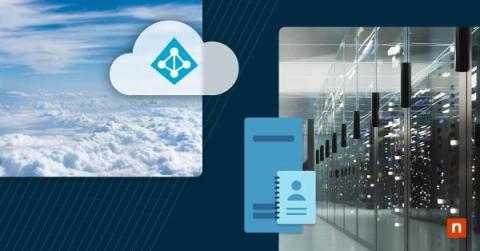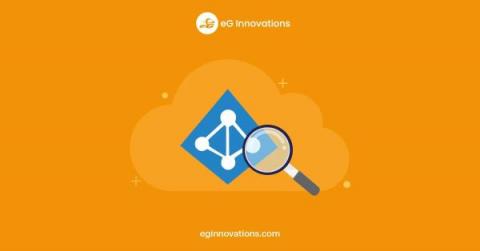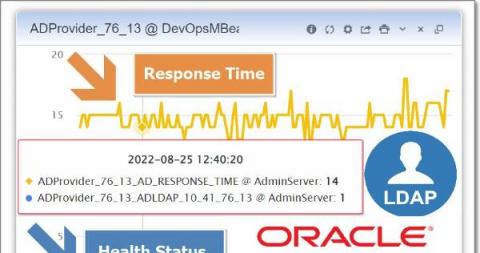Azure Active Directory vs Active Directory: What's the Difference?
There are many possible reasons why you may want to know the difference between Active Directory and Azure AD. Maybe you've just migrated from Microsoft Office to Office 365. You might be moving on-prem virtual machines into Azure. Or perhaps you're developing a greenfield cloud-native app that won't be connected to your on-prem resources at all.











